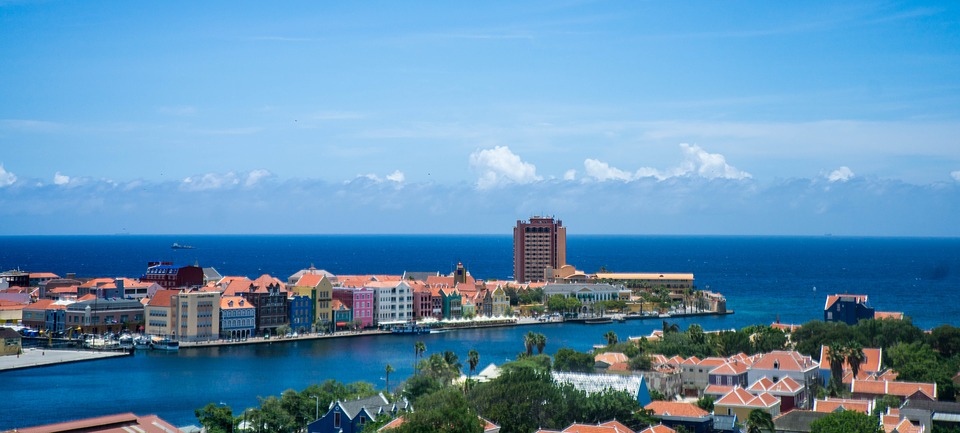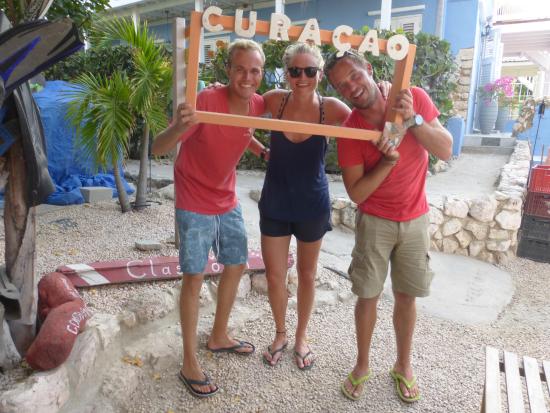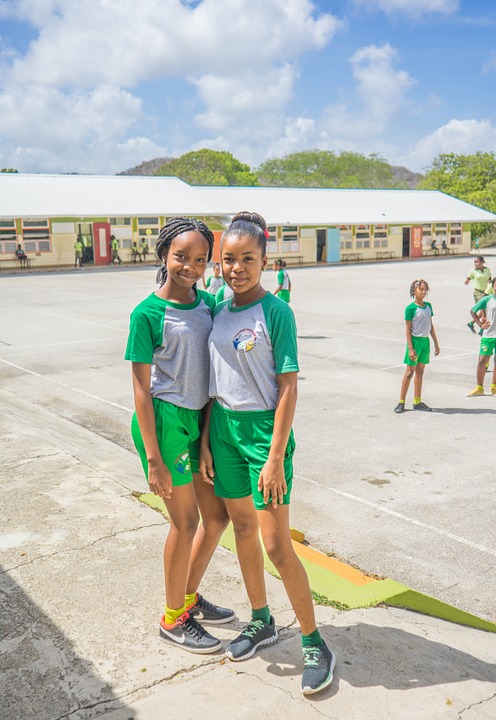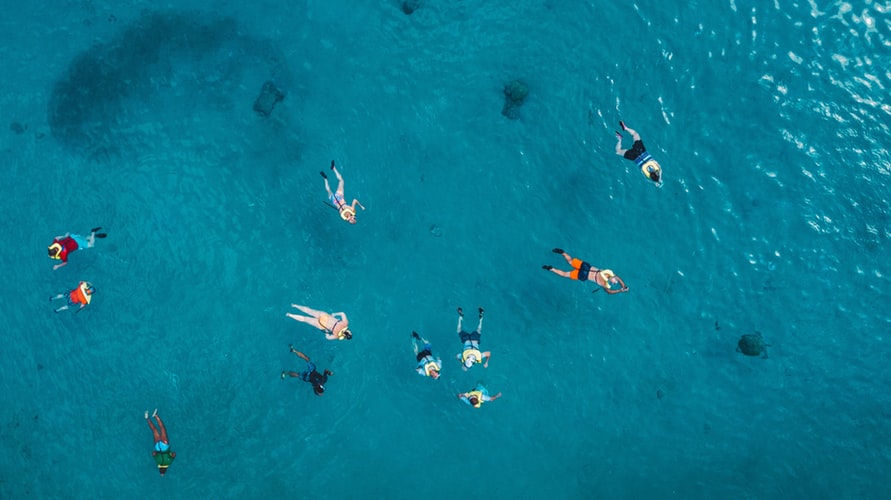
Laidback and impossibly colorful, Curaçao stands out in the Caribbean as a treasure trove of art, history, and culture amid three dozen white sand beaches and five star resorts.
Living in Curaçao is an experience that you can’t quite capture anywhere else. Formally a Dutch colony and recognized as a territory until 1954, the country of Curaçao has a long history as a Caribbean trading center and artisan wonderland.

As far back as the 1500’s, the island has seen its fair share of traffic and influx of varying cultures and influence. It now stands out in the Caribbean as a gem of architectural genius, world-renown museums, and intriguing Spanish, Dutch, Portuguese, and Native American history. So much so that Willemstad, it’s capital, is a UNESCO World Heritage site that pulls in people from all over the world to explore this ancient trading center of the Americas.
Everyday Life in Curaçao
One of the things you first notice about Curaçao is that it is located very far south, close to Venezuela, which it shares a lot of history and culture with.

Its optimal location puts it outside of the so-called “hurricane belt,” which means the island enjoys relatively more peaceful weather than many of the other islands and nations of the Caribbean.
This lends itself to a somewhat slower pace of life and the ability to build up longer lasting infrastructure and richer history than other locations in the region. Many old buildings from colonial times in fact still stand and are popular attractions.

The culture on Curaçao can be summed up in one word: kind. Everyone treats each other like they’ve known each other for years. Despite being a good-sized island, there is a warm intimacy with how everyone approaches each other. Tourists are not treated like outsiders. It’s the place to go if you’re looking to integrate with the local population a bit more and really get a feel for how life moves in the Caribbean.

It’s also an important trait to note about Curaçao that it isn’t technically a tropical island, it’s a sub-tropical desert island. There’s almost no rain there and very few crops are planted there as a result. You will actually spot several varieties of cacti growing out of the sand and even in the fields. It’s not the typical “tropical paradise” some people envision, it’s somewhat more unique and exotic even if you still get the “palm trees and aquamarine water” scenery on the shore.

Getting around the island is easy enough, although the public transportation isn’t as robust as it is in some other Caribbean countries. Due to the size of the island and space between its larger cities, you’re going to want a car to get around.
The beaches themselves are gorgeous and make up a large part of life on Curaçao. You can tour the more populated tourist beaches or strike off on the northern side of the island which has public beaches that are somewhat more off the beaten path. Either way you’re in for a treat.

With a wide variety of cultural festivals and dining options, as well as museums and entertainment, there’s always something going on that makes life on Curaçao vibrant and enriching.
